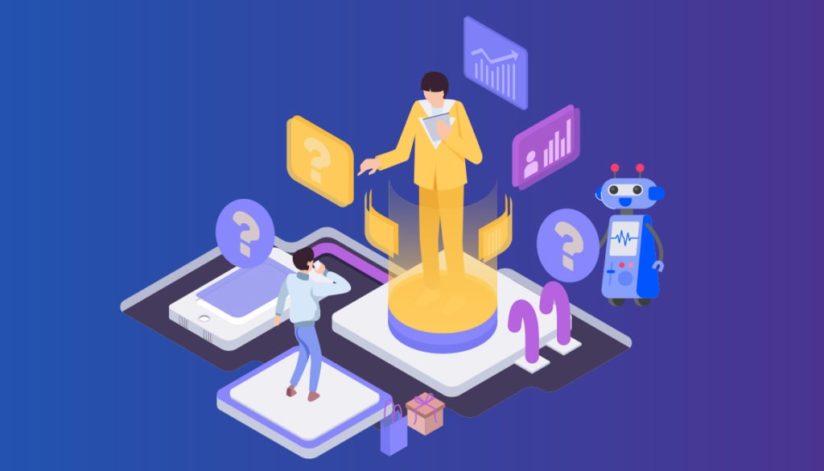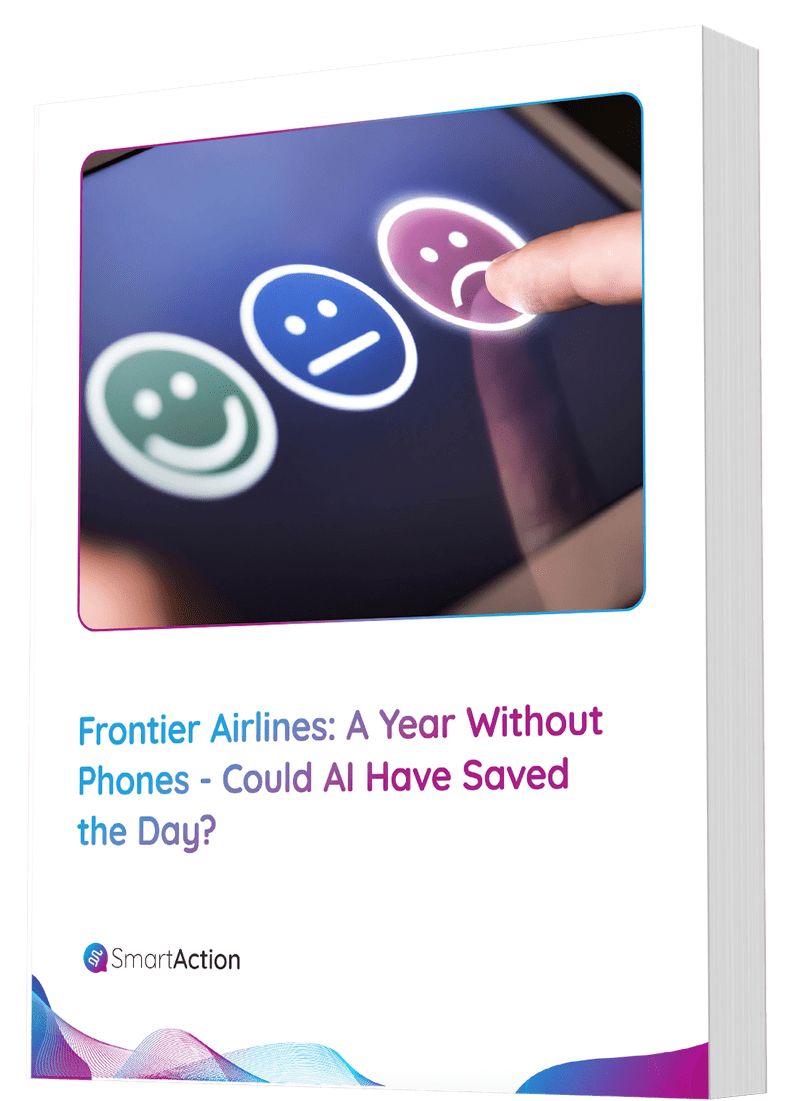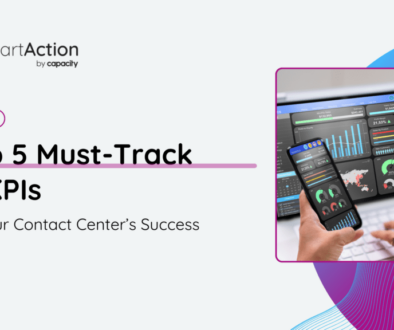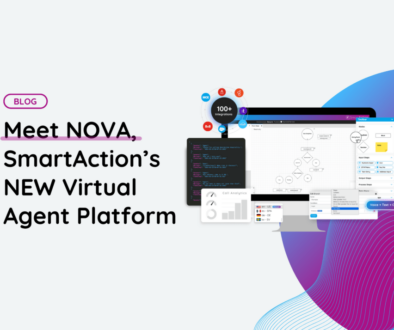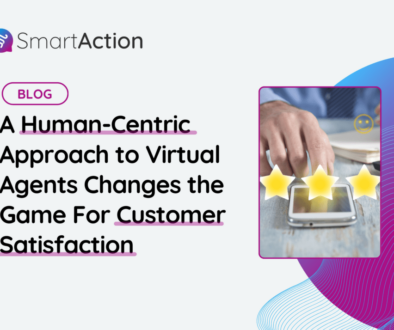Virtual Agents vs. Live Agents: The Battle for CSAT
Who is Better at Making Customers Happy?
Whether your company uses CSAT, NPS, CES, or some other metric to measure customer satisfaction, one thing is certain — customer satisfaction plays a critical role to a company’s financial success. In the battle to maintain customers’ loyalty and drive repeat business, many brands leverage customer satisfaction as a competitive advantage. The caveat though, is that delivering a stellar customer experience – especially in retail, hospitality, and healthcare sectors – can be prohibitively expensive to scale.
That’s where the use of an AI-powered virtual agent comes in — for a fraction of the cost of a human agent, an intelligent virtual agent (IVA) is available to assist customers 24 hours a day, 365 days a year. Virtual agents can also handle spikes in call volume, making them a scalable solution to meet seasonal demands.
So, while intelligent virtual agents are scalable and more cost-effective to employ than their human counterparts, it doesn’t necessarily mean they deliver a better customer experience than humans do…or do they? When it comes to customer satisfaction, how do virtual agents compare with live agents?
Customer Wait Time
It’s not rocket science that the longer customers have to wait, the more dissatisfied they become. I once spent over an hour on hold for a company that shall remain nameless — and because there wasn’t an option to get a call back when a representative became available, I stayed on hold until my cell phone battery died. Needless to say, I was not a happy camper, especially since I was trying to cancel my subscription — a request that a virtual agent could’ve easily handled.
How long are most customers willing to wait? Most will not wait an hour. According to this study, customers are willing to wait an average of thirteen minutes before they hang up. In today’s era of instant gratification, even thirteen minutes seems like an excessive amount of time to wait on hold.
When it comes to response time, the virtual agent is the clear winner. In addition to immediately answering every customer call, chat, or text inquiry with a friendly greeting, the virtual agent can route customers to the right service flow faster and escalate urgent issues to a live agent.
Empathy
If there is one word that customer-centric organizations are embracing in 2021, it’s empathy. The COVID-19 pandemic has drastically altered the perception and value of the contact center – what was typically viewed as a cost center by business leaders, has quickly become a critical service to consumers. During this time of crisis and uncertainty, many companies are prioritizing efforts to deliver a more empathetic service experience.
When it comes to empathy, human agents have the edge over virtual ones. However, this is not to say that virtual agents can’t be empathetic. Emotional AI (also called emotion AI or affective computing) is the technology that aims to measure, understand, and react to human emotions. Many brands already incorporate sentiment analysis (an area of emotional AI) as part of their social media strategy to track customer opinion and gain valuable consumer insights.
While virtual agents have come a long way in terms of understanding and reacting accordingly to customer frustration, they are not yet adept at responding to emotions to the degree that human agents can.
Time to Resolution
Time to resolution (also called mean time to resolution or MTTR) refers to the average amount of time it takes to resolve a customer ticket once it’s created. MTTR is usually measured in business hours, so it doesn’t factor in the time when human agents are off the clock. However, in today’s global economy and growing expectation for fast, responsive service, limiting customer service hours is a sure way to ding points off customer satisfaction.
So unless you have call center agents working round the clock or employ agents across several time zones, the AI-powered virtual agent wins this category. It’s important to note, however, that much like a human agent, a virtual agent is only as good as the training it receives. The virtual agent should also continuously learn from customer interactions to improve its understanding and performance.
To illustrate the importance of continuous learning, check out this graph that showcases the percentage of confusion transfers — calls transferred to a live agent because the virtual agent could not understand or process the customer’s intent. You can see the significant improvement to the virtual agent’s performance after go-live, with the rate of confusion transfers dropping from 7.6% to 2.6%.
Total Call Volume Transferred to Live Agents
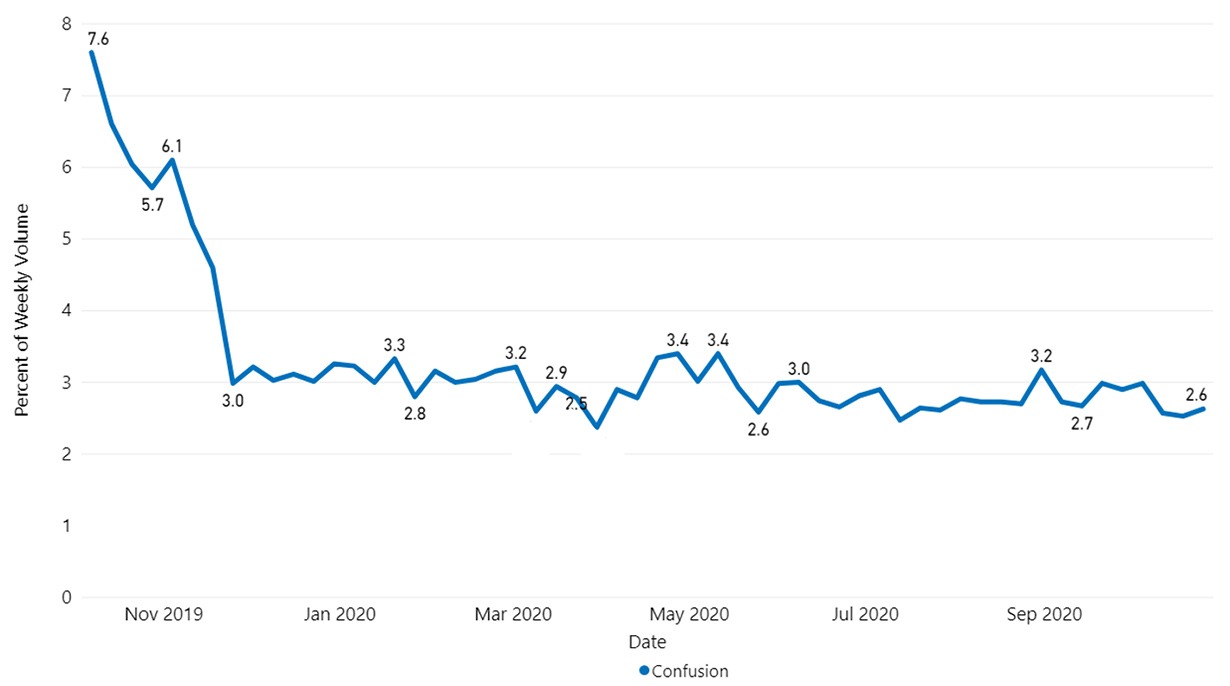
The Verdict
Human agents are better suited at resolving complex issues, providing creative solutions, and dealing with confused or frustrated customers. Conversely, virtual agents excel at handling mundane and repetitive tasks — and by offloading these tasks, they enable human agents to focus on higher-value work.
Types of Tasks Suited for Virtual vs. Live Agents
Virtual Agents
- Handle common, repetitive tasks
- Greet customers and serve as first line of support
- Escalate issues and route accordingly
Live Agents
- Handle complex issues or unusual requests
- Diffuse and resolve emotional situations
- Offer flexible, creative solutions
According to Salesforce, 64% of agents with AI chatbots are able to spend most of their time solving complex problems, versus 50% of agents without AI chatbots. By working in tandem and playing to each party’s strengths, a hybrid workforce can reduce agent burnout and significantly improve the customer experience. Ultimately, both live agents and virtual agents contribute to the customer experience, albeit in very different ways. And together, they help reduce customer wait time, achieve faster resolution, and improve customer satisfaction.

